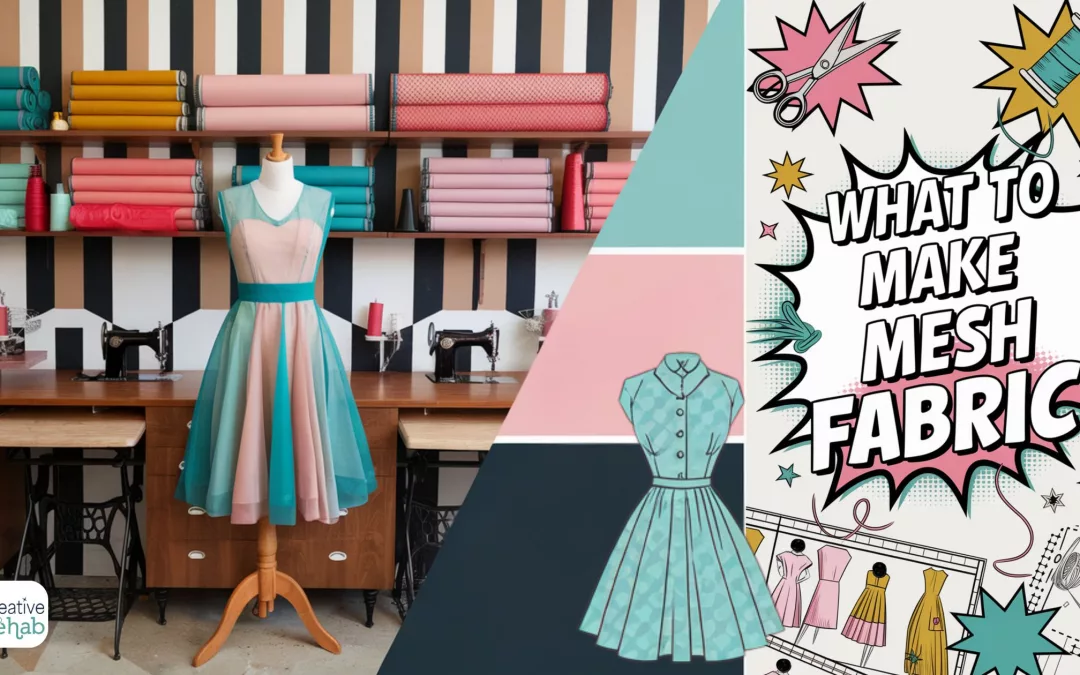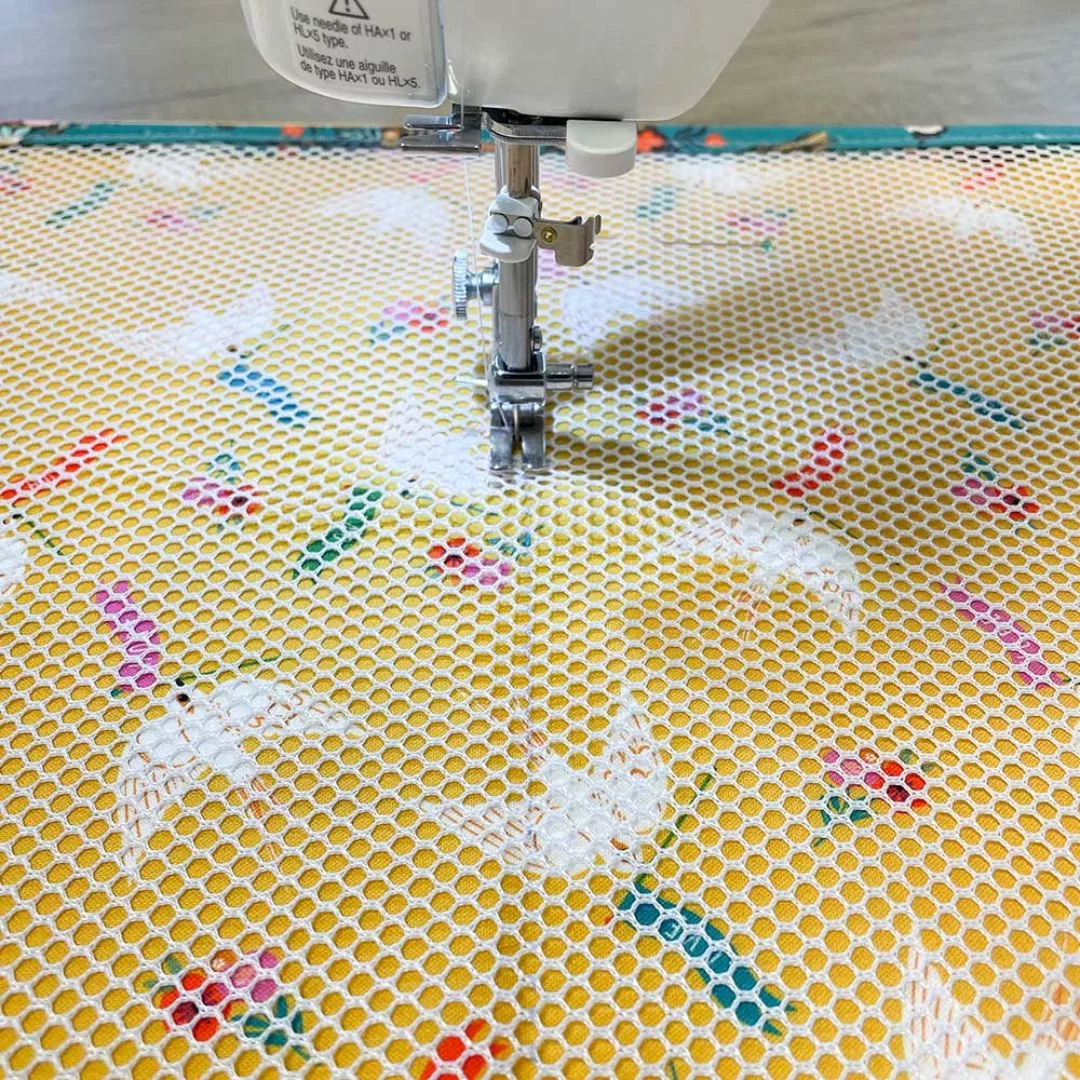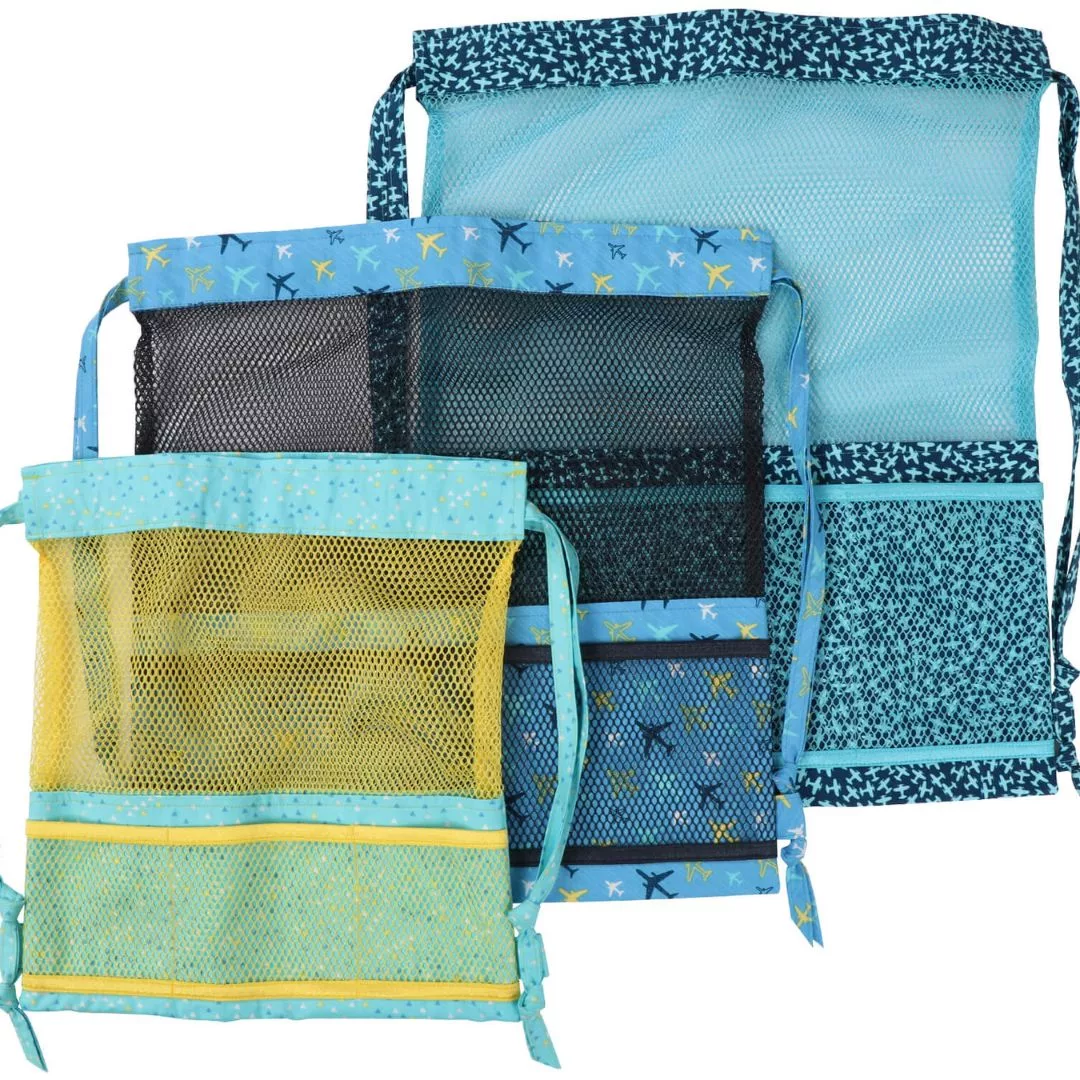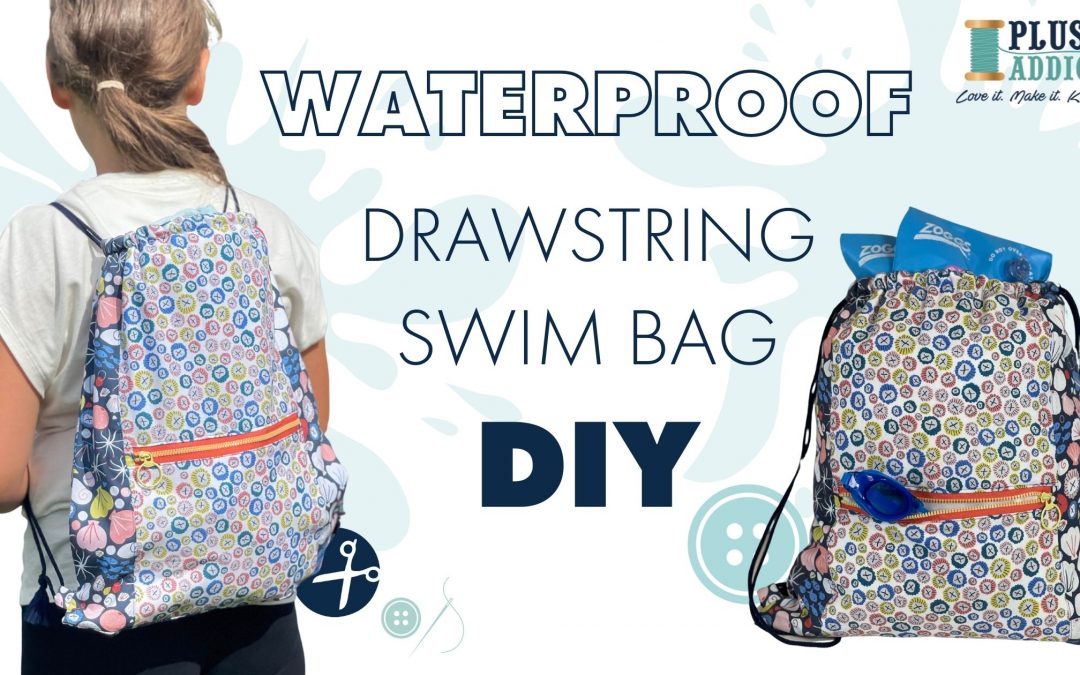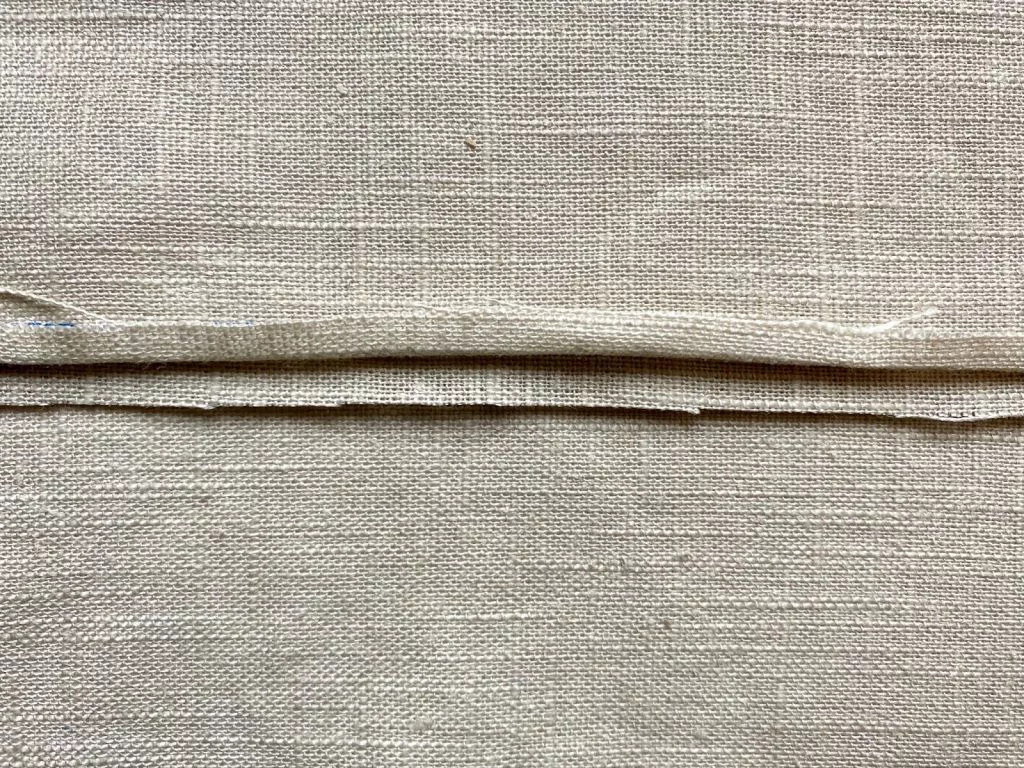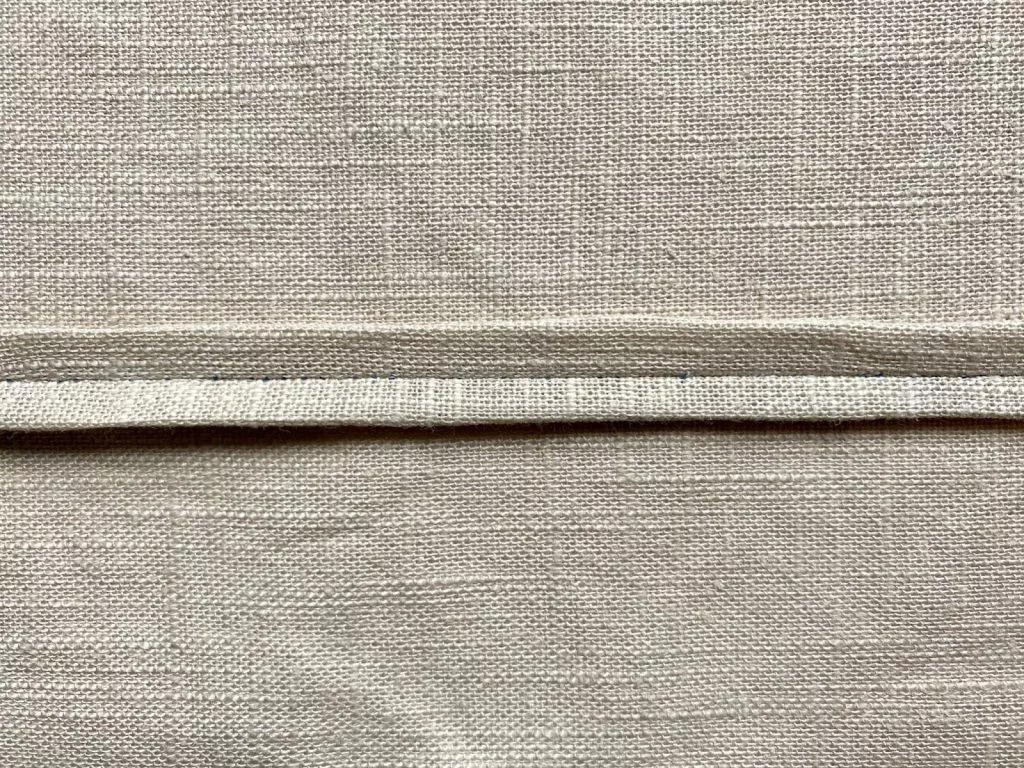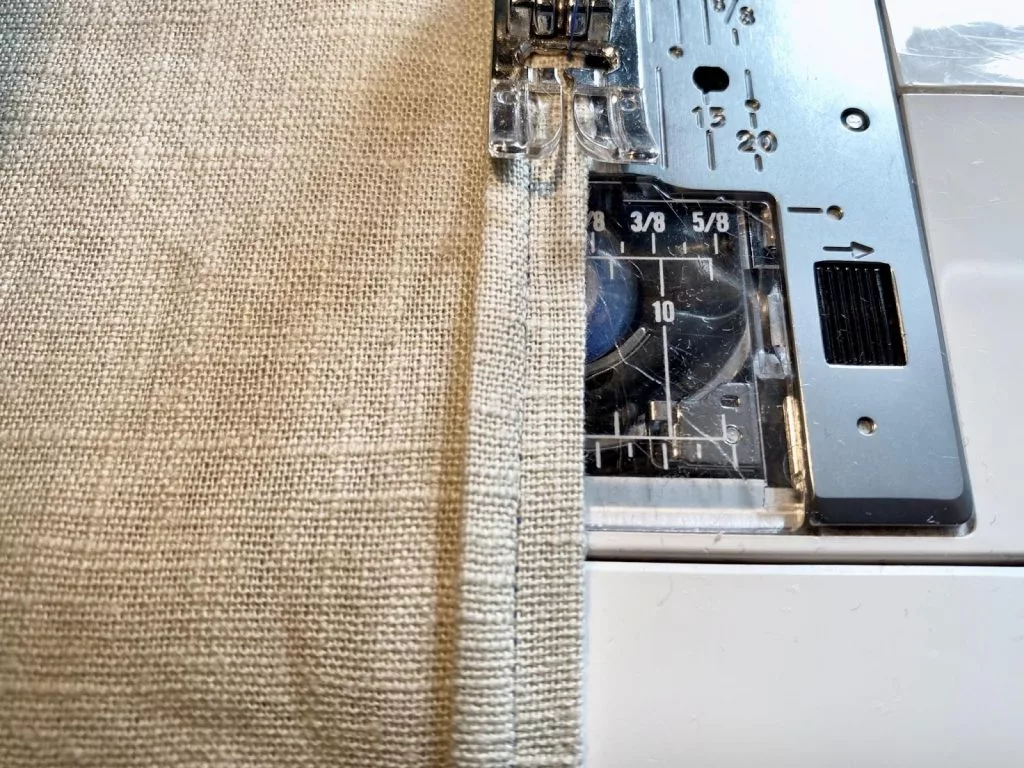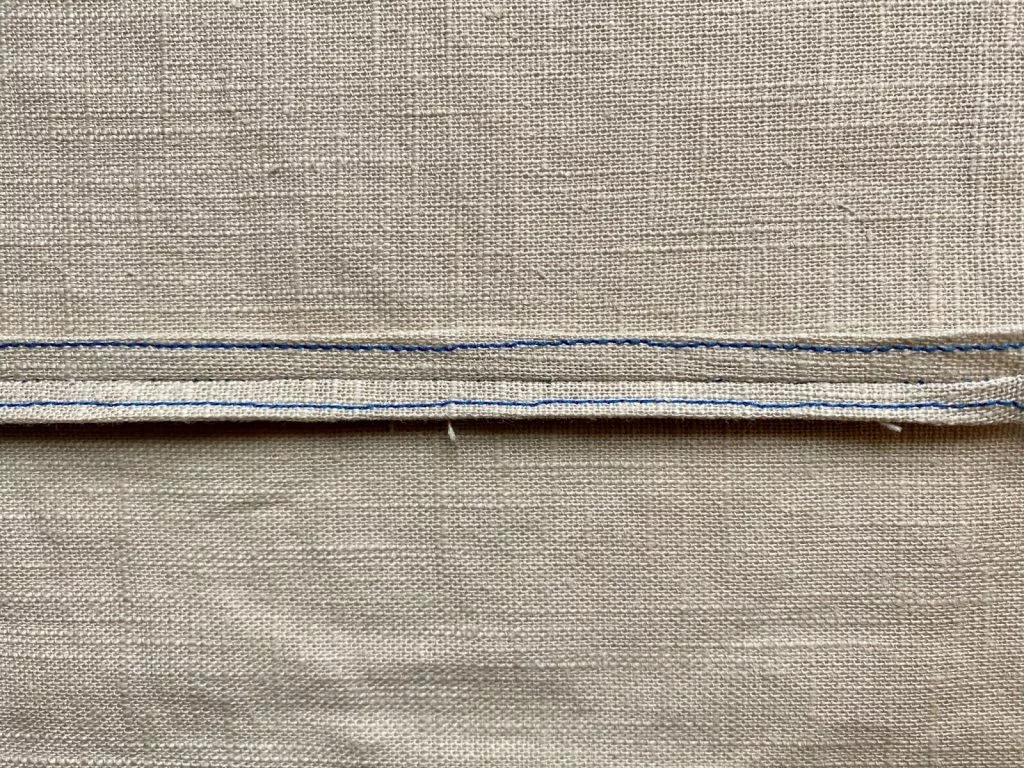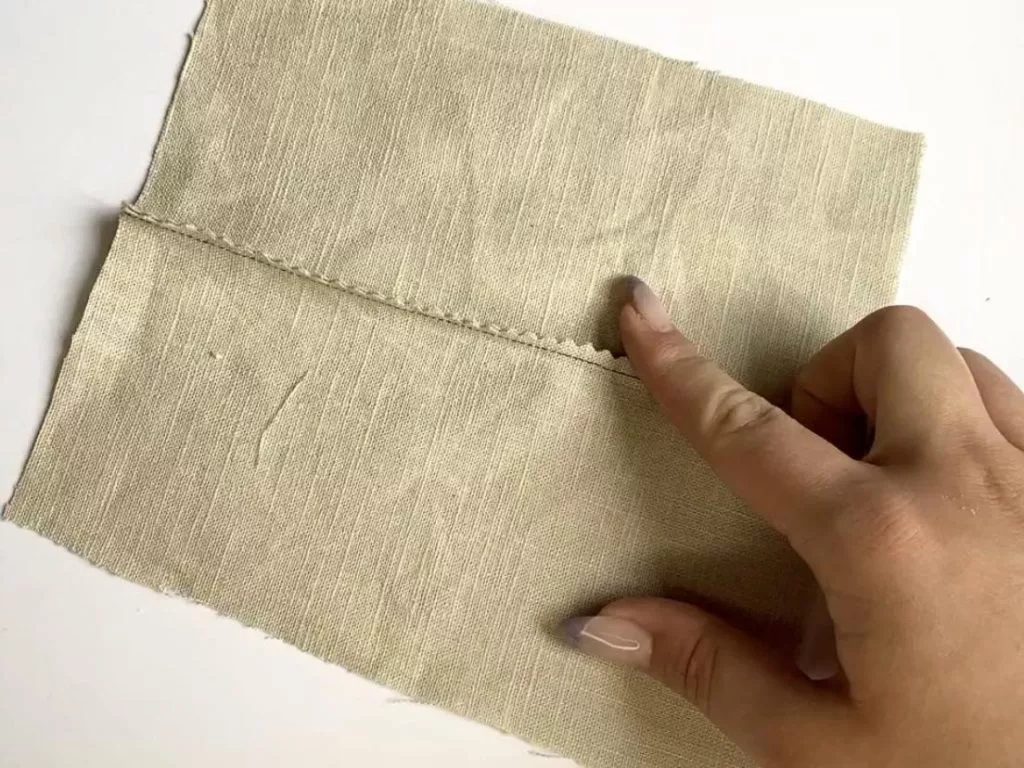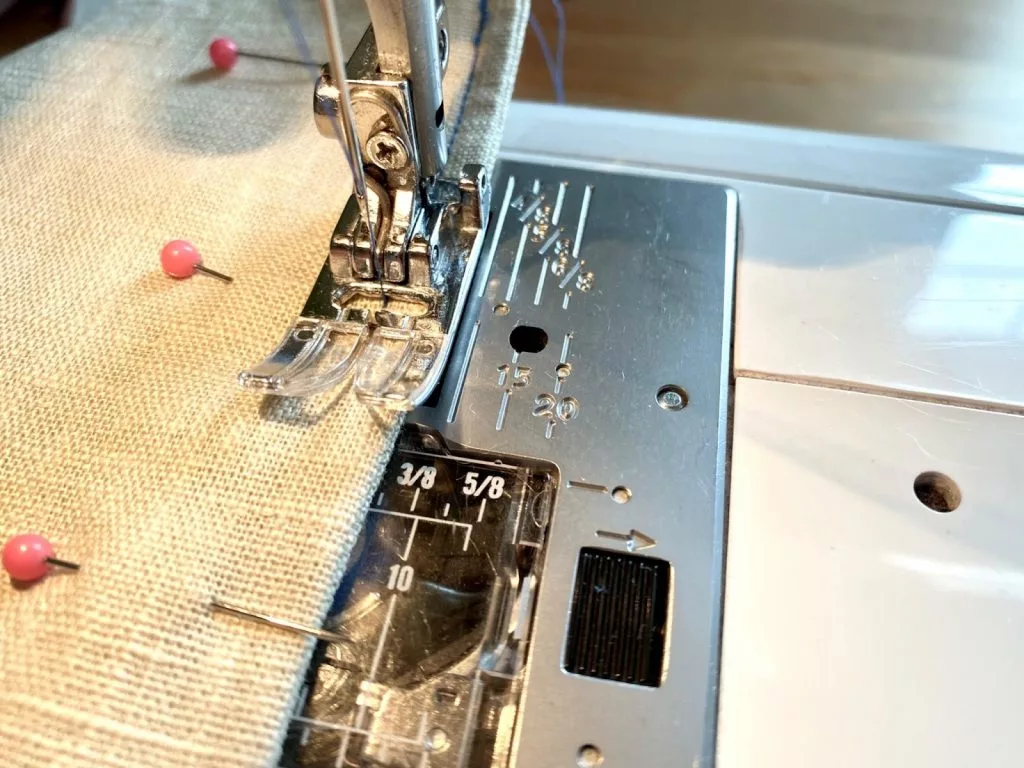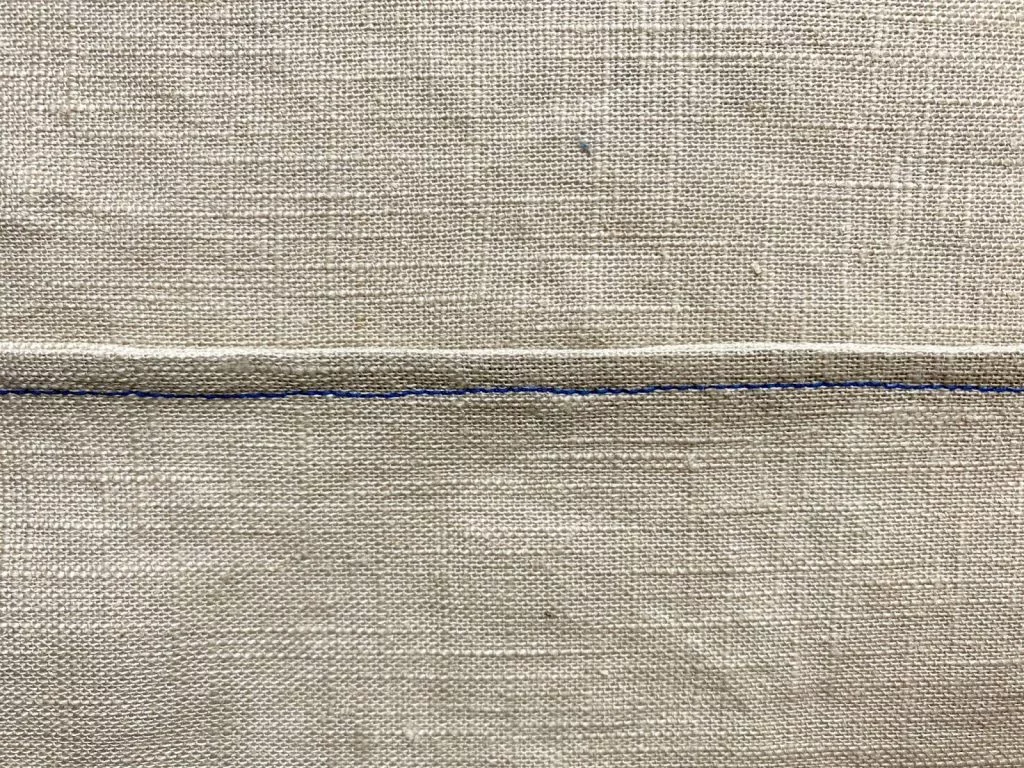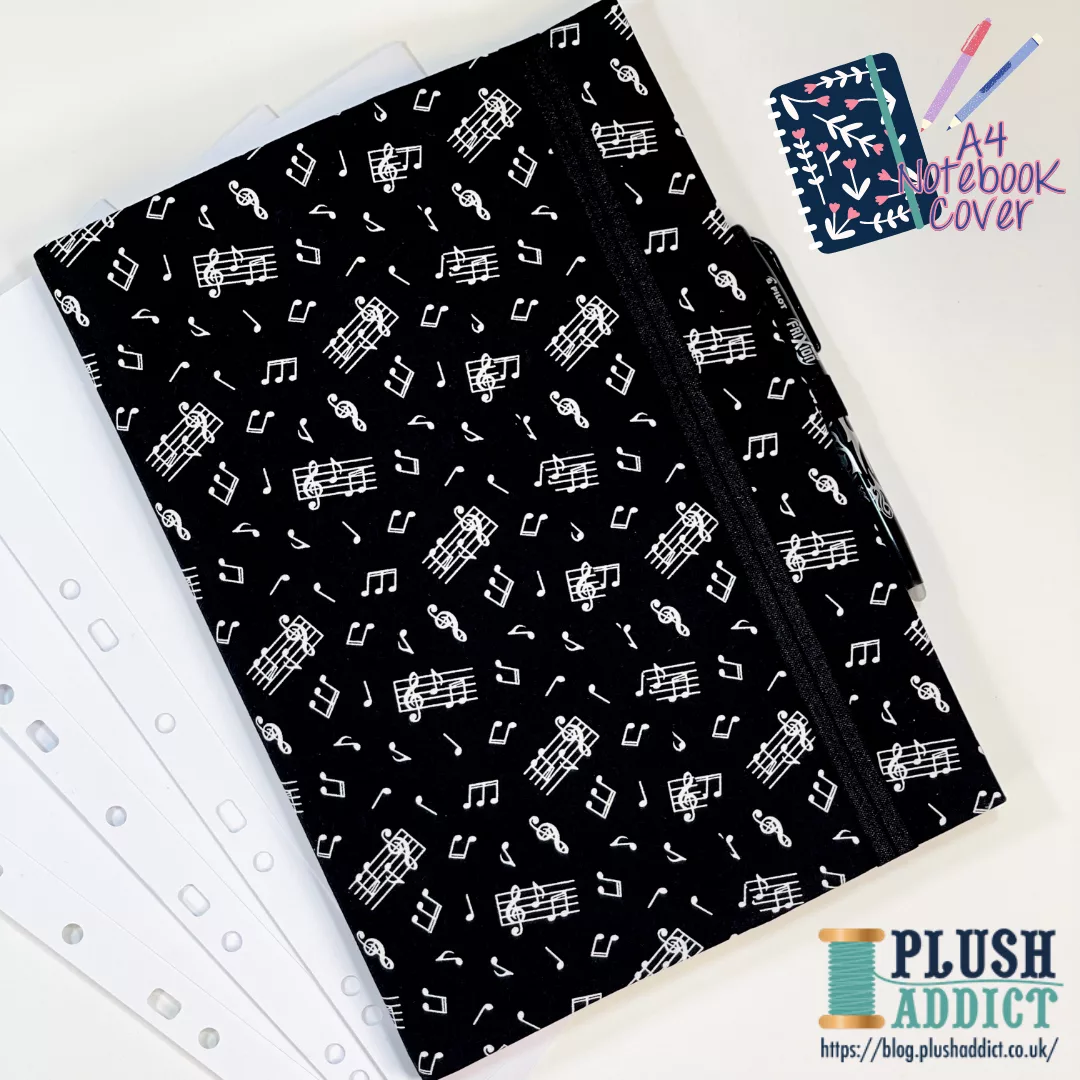
3 DIY Gifts For Grandparents
by Kellie Rose | Sep 14, 2021 | My Makes, Project Ideas, Tutorials
Looking for meaningful gift ideas for grandparents? This guide offers three DIY sewing projects, including personalized cushions, fabric photo frames, and cozy lap quilts. These handmade gifts are simple to create and perfect for expressing your love and appreciation. Follow our step-by-step tutorials to make something special for your grandparents!
This post will be updated soon, please check back shortly


